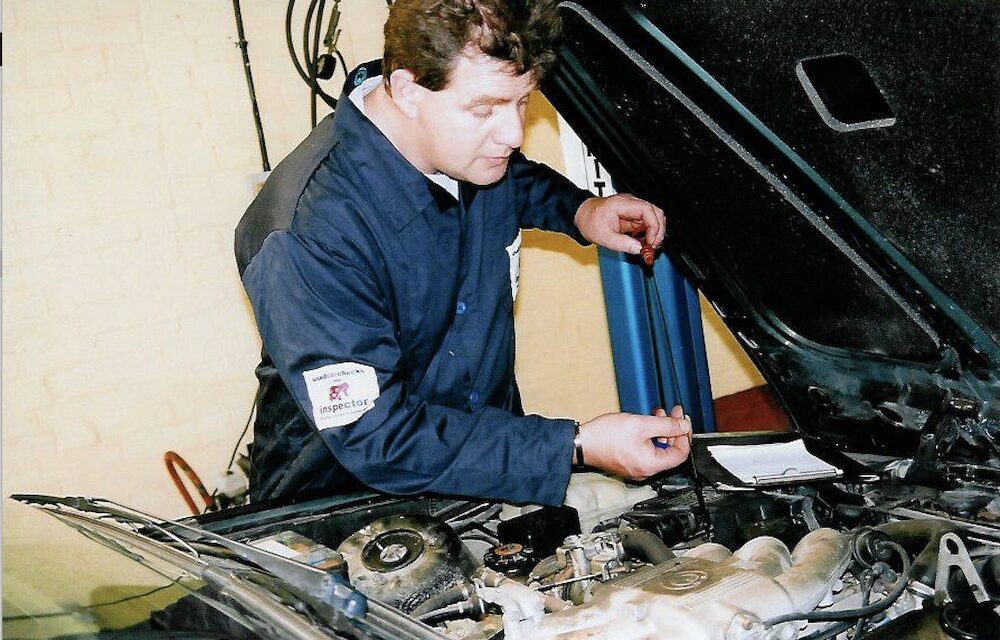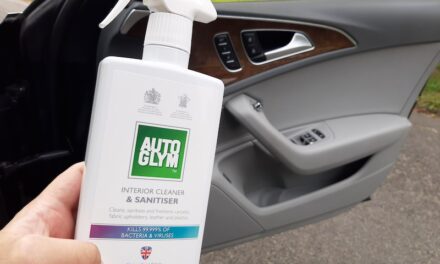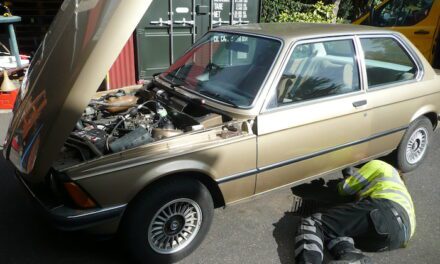According to Gulf Oil we are Nation of Dipsticks – 8.2 Million Drivers Don’t Know How to Check Oil Level
Surveying 1000 drivers of all different ages, Gulf Oil can reveal that the UK is a nation of dipsticks when it comes to car maintenance. We found:
– 8.5 Million Drivers Don’t Know What a Car Radiator Does
– 16.9 Million Drivers Don’t Know How to Change a Car Tyre
– 29.5 Million Drivers Don’t Know How to Check Their Tyre Pressure
– 4.6 Million Drivers Don’t Know How to Find Their Car’s Dipstick
Here are some tips from the Free Car Mag team…
According to the experts you should check your oil level at least every 500 miles or once a week. It is the lifeblood of your car. Oil lubricates your engine and stops it shuddering to an expensive halt. That’s why if you care about your car you must check your oil level regularly.
Oil Level
And at the risk of sounding patronising you should place the car on as level a place as you can find. Drives and roads can have inclines and many drivers just don’t allow for this.
Dipstick
We will assume you know what the dipstick looks like (although Gulf Oil reckon 8.2 million of you might have trouble finding it) On older cars it will be sited in the middle of the engine. Modern cars have a bright yellow cap. Take it out, wipe it off and feed it in again. Take it out and now read it. This is necessary; as it’s likely some oil will creep along the gauge when the engine is shut off so the first measurement will be faulty. On most vehicles there are two marks on the gauge. The oil level must be between the upper and lower marking.
Add motor oil
You will find in your owner’s manual how much oil you must add for topping up. Generally this will be between 0.5 and 1 litre. Don’t be in a hurry, just add a little at time and return after five to ten minutes to check the level. You must consult the manual or the manufacturer for the definitive procedure because although the engine should be switched off for the majority of cars there are some exceptions. When you add oil it is a good idea to have clean rag ready so that you can wipe around the cap so that any dirt doesn’t get inside the engine then keep it nearby to mop up and spills.
Don’t add too much oil
It sounds obvious, but you should never overfill an engine. That’s because seals may start to leak, foaming of the oil occurs which can push oil into areas where it is not supposed to be. And finally always use the correct oil and grade. The owner’s manual or the car’s manufacturer will be able to tell what that will be.
Diagnose engine oil problems
PROBLEM: Noticeable increase in oil consumption when checking level and patches of oil when parked. CAUSE: Engine oil leaks. SOLUTION: Depends on where leak is; when new gaskets or seals are required then this is a garage job.
PROBLEM: Increased oil consumption and noticeable blue smoke from the exhaust. CAUSE: Worn engine is burning oil. SOLUTION: Garage may need to fit new valve guide seals, or more seriously new pistons and rings, maybe a new engine.











